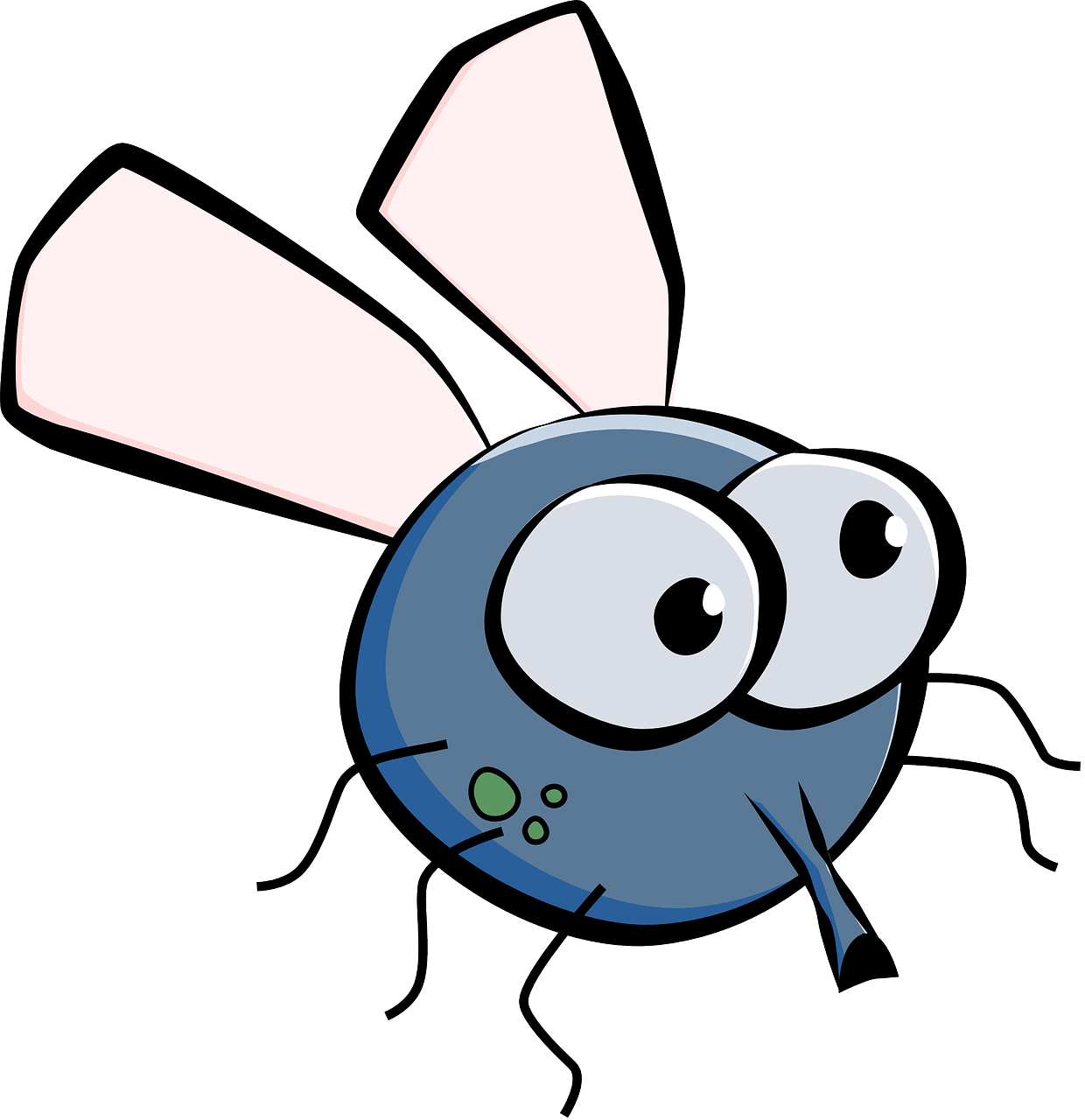Some Practical Ways to Play in the Wind
Keep Y our Eye On the Ball
our Eye On the Ball
Actually watch it until the very end to make sure that your paddle hits it – this is good practice keeping your eye on the ball through the moment of impact.
Feel the Wind
As you’re about to serve the ball, feel the wind on your body and then serve accordingly.
For example, if there is a strong wind on your face, follow through and hit that ball harder.
Is the wind making the left side of your body cold? Point your leading toe to the left a little more than usual and serve toward the left side of the box.
Be Present
There are lots of situations to consider! The wind, your partner’s energy, your opponent’s energy or back hand skill level, etc…Playing in the wind forces you to look at each moment, so carry this to your indoor game. Keep accessing the situation.
Slow Down Your Game
When playing in the wind you have a much wider margin of error, and need to play smart, giving yourselves plenty of room to avoid unforced errors.
Focus on keeping the ball in play and getting it over the net one more time than your opponent! Don’t get overconfident, as that wind can whip up at any moment.
Tips to Compensate for the Wind
If one of your players has a sore arm or shoulder – consider being kind and allow them to have the wind at their back during a game. This will save them from having to hit it hard!
Cross Wind
In a cross wind, aim 5′-10′ left or right of where you want the ball to land, depending on the speed and direction of the wind. Also, take your time in all your responses. You always have a split-second to analyze what you want to do next, so use that time wisely.
Receiving on Strong Head Wind
When receiving a serve with a strong headwind, step backwards 3-5 feet so you aren’t  backing up to hit the ball. into account how your opponent tends to serve, but in general, backing up will greatly improve your returns in strong headwinds.
backing up to hit the ball. into account how your opponent tends to serve, but in general, backing up will greatly improve your returns in strong headwinds.
If you’re serving into a strong headwind, shorten the distance FROM you to the net and lengthen the distance you are serving TO on the other side of the net.
That means, move toward the T when you are serving and aim toward the back corner of the service box on your opponent’s side.
Strong Wind at Back
When the wind is to your back, the first thing you’ll notice is that many of your passing shots and your serves will be too long. The other problem is that balls coming toward you stop shorter than expected.
If you’re serving with a strong wind at your back, try to lengthen the distance from you to the net, shortening the distance you are serving to on the other side of the net – and serve low.
So, move toward the outside corner of your service box and serve to the near corner of the service box on your opponent’s side.
Dinks are the least affected by the wind, so try to get into dink rallies, and force your opponents into dinking as soon as possible.
Facing into The Wind
Facing into the wind can present a couple of problems. Balls you hit to your opponents will fall short, and balls returned will be fast and may drive you to the back of the court.
Stand two to three feet farther back than you normally would be receiving serves; keep your eye on the ball – and notice if the server is winding up or not. 🙂
Keep your serves long, and low. If they are too close to the kitchen, the opposition has a big advantage. If you know how to slice, a bit of slice in your serve can be helpful.
You can serve high to beginners and intermediate players – they may have trouble returning it. However you don’t want to serve to far left or right.
This is the time to keep your opponents away from the net! With the wind facing you, you can keep driving passing shots at them, to keep them back toward their baseline. They probably will have more difficulty dropping shots into your kitchen.